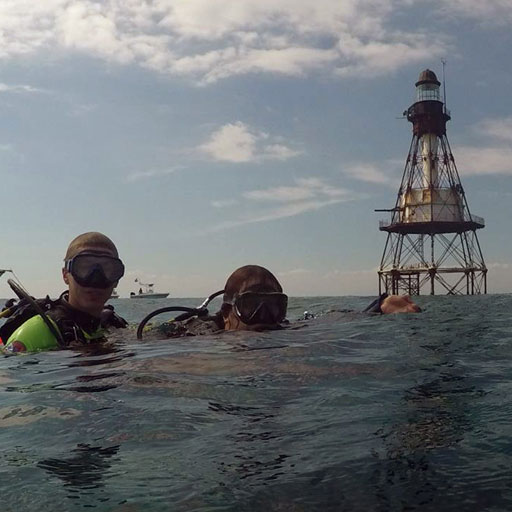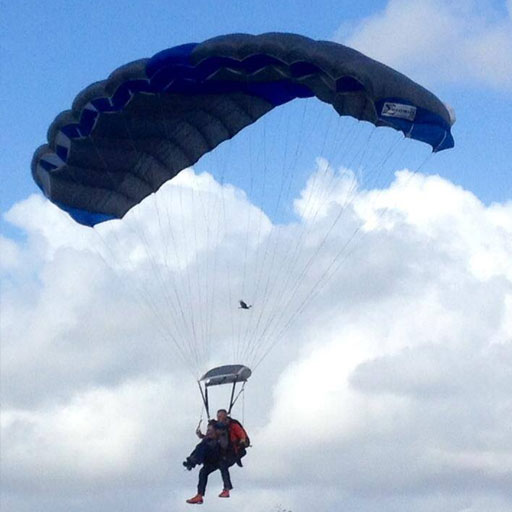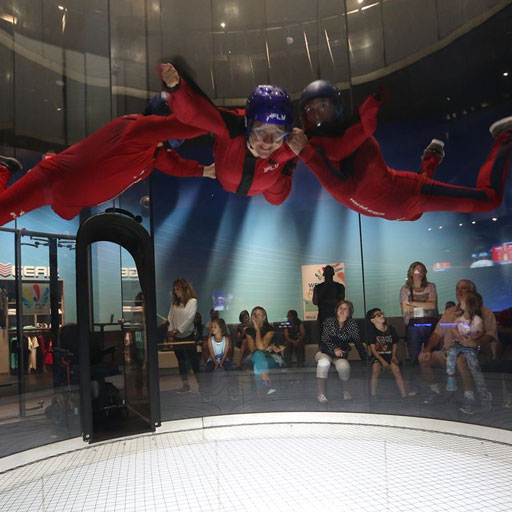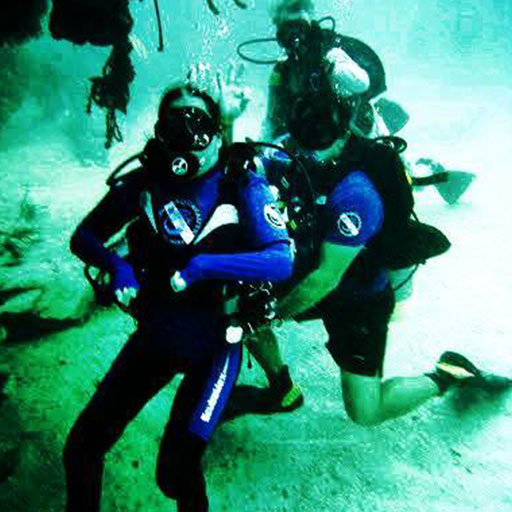I don’t stop when I’m tired,
I stop when I’m done.
Most of the products that I review on NRNR are purchased outright; however, there are some that are provided to me at a lower or no cost due to my interest in such devices. Regardless of the source, these reviews are focused on the effect it has on my disability, and I can promise you that I will never endorse something that I’m not truly passionate about.
I also include Amazon affiliate links for my setups so that you may click and see exactly what I use. Should you choose to purchase the item, I get a small commission (it NEVER affects the price) which goes to maintaining NRNR. As with sponsored products, rest assured that I only ever become an affiliate for products that I truly like and/or find useful.
14
MAY, 2017
As a quad, one of my biggest issues when participating in any sport is endurance.
Being able to perform an activity such as swimming, boxing, handcycling, etc. takes weeks of training in order to get pass one-minute of a continuous workout without feeling lightheaded.
There are crucial components in order to build up strength and endurance rather than frustration. One of the most important requirements is to ensure my setup is perfected in order to minimize tiring out over the use of muscles that are too weak or simply too many to focus on at the same time for long periods.
The best example of this is when I use a stationary handcycle; unlike a regular handcycle, stationary ones are not designed for a disability such as mine, and therefore simply sit on a table waiting for me to figure out how to use them. This means I must figure out a position that does not stress my core too much, after all, my abs and back muscles are barely there and forcing them to hold me up straight while I am cycling is not feasible; I will become lightheaded within 2 minutes (if in shape), or 40 seconds (if I have not exercised in a week or more).
Whatever cycling equipment I use must be solid and steady enough to withstand a spasm without falling; it must be assembled in a way that performs well by using arms and not legs (which most portable stationary bikes are built for). The handles need to be sized and shaped properly for me to use wrist hooks.
You can see the challenge here, right?
High demands in a market that’s not used to having “glitchy” customers.
Fortunately, not all hope is lost. After trying multiple portable stationary bikes, I came across the MagneTrainer-ER Mini Exercise Bike looks like a “fancy” version of the standard portable stationary bike; however, when I purchased and assembled it, I was positively surprised to find a nice and sturdy device.
Assembling was straight forward, I was able to put it together by myself, though I did ask my Mom to tighten the screws on the base just because I didn’t trust my clumsiness. Also, I ordered the “Ergo Handles” and they snapped on easily, so the next step was to test things out.
Ready… Set… Go!
I firmly tightened my wrist hooks on, rolled under the table and grabbed the handles with my hooks; my grip was still too lose, so upon wrapping a bandage around each handle, my grip became firm enough to allow me to get started. There is a resistance knob right on the front part of the unit which makes graduating the resistance very easy. That said, I had such a hard time cycling and keeping my torso straight that I had to get creative; I grabbed a baby pillow (to pad my chin), bite the corner and rest my chin on the pillow against the knob. This lets me focus on my shoulders and arms instead of that PLUS my entire upper body and breathing… Which I still don’t get why we are expected to breathe while focused on so many things, but that’s just me.
The MagneTrainer has a “Digital Fitness Display” where you can keep track of your current speed, distance, time and calories. This works great, but I needed to set my pace to intervals in order to build up endurance. I downloaded a nifty little app on my phone which I set to 40 secs cycle and 20 secs rest.
By using this system I have been able to work my way up from 3 sets of 10 mins with that 40/20 formula at an average speed of 14 mph, to 2 sets of 15 minutes (same speed). I then switched back to 3 sets of 10 minutes but this time I set my goal to fast and slow intervals (instead of cycle and stop). After a couple of weeks, I got to where I am now which is 30-45 minutes of cycling with one-minute breaks every 15 minutes. My fast sets average at 18-19 mph and slow intervals at 14-15 mph.
I have split my weekly workout routine to do the arm bike 2-3 days, weights 3 days, 1 day of swimming and 1 day of doing nothing.
I do want to point out that as is common with quads, there are days, even weeks in which my body refuses to cooperate and I’m forced to take a roll back and rest from working out; this, of course, results in minor setbacks as it takes me a couple of days to get back in synch with my routine of choice.
Social media, newsletter and more
If you have any questions, product review requests, topic requests and/or any other inquiry, please drop me an e-mail at info@NoReplayNoRewind.com and I will get back to you as soon as possible.









